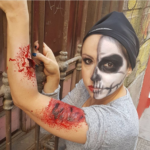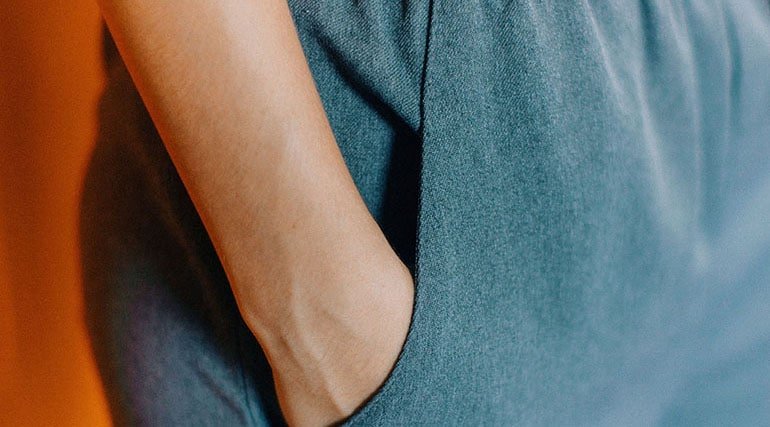How can I become a fashion designer? Five ways to make your dream come true.
These pre-spring months are unsettling for those who must make decisions about their professional path. Those trying to decide what to study and those finishing their degrees ask the same question: How can I become a fashion designer?
As the director of a design school and a fashion teacher, I must start by clarifying the core issue: what does it actually mean to be a fashion designer? There seems to be only one route: showcase at EGO, create your own label, become a well-known brand, or be the creative director of an established firm and sell a lot. If this were the only option, we’d be talking about one of the professions with the highest failure rates in history. In Spain alone, around 700 fashion design students graduate each year, and EGO only has space for 10 emerging designers.
Let this article (and the next one) serve as a collection of advice to answer this complex question. In these two pieces, I will present a variety of designers who pursue their fashion dreams through very different paths. I asked each of them the same question: How did you do it? All of them agree on the invaluable power of perseverance, passion, and effort, but each story offers a unique example of the many paths through the fashion world’s maze.
The first group of designers have achieved their dream of becoming fashion designers through very different routes.
Never stop studying
Tania Romero
You never know enough. I was Tania’s teacher years ago; her last stage of training was at Estación Diseño. When I met her, she had already created several collections and walked various runways in Spain. Since then, she has continued to grow as a designer but has never stopped studying. To be a designer, you need to know as much as possible, stay up to date, and see continuous learning as essential. Tania’s passion for fashion even led her to be recognized as Best Emerging Designer of the Year 2013.
“I decided to combine my last year of Fine Arts with fashion studies, and almost without realizing it, I became more and more involved in the fashion world until it became my profession.”
This hunger for knowledge makes her the most well-prepared designer I know. Now I’m lucky enough to teach alongside her..
|
|
|
Fearless of Making Mistakes
Beatriz Peñalver
|
|
|
Teamwork
TANGRAM
Working alone offers the satisfaction of self-management, but it can also be an uphill battle. Roberto and Maribel (Tangram) chose a dual-headed project. After several collections, they’ve carved out a space in the fashion world from their atelier, dividing design and management tasks. Both emphasize the importance of training. They met during their studies and began this journey together, strengthened by mutual support.
Roberto: My interest in fashion began when I studied Fine Arts. That’s when I got interested in fashion illustration, which led me to fully dedicate myself to fashion design. Through study and preparation, I discovered a broad artistic process that guided me into a professional project with Maribel.
Maribel: My interest in fashion started when I first learned to use colored pencils. As a child, I spent hours drawing ‘dolls,’ and over time that interest and the need to express it grew stronger. That’s why I decided to study and devote myself to fashion—without hesitation.
|
|
|
A Prophet in Your Own Land
Pilar Dalbat
One of the main mistakes of new designers is the belief that you have to move to Madrid, London, or New York to make it in fashion. Pilar Dalbat is defined by her love and roots in her hometown (Granada). Every year, she chooses iconic local places to present her collections and is present at every fashion-related event in the area. All of this from a place of sincere humility, which has gradually made her a reference in Granada’s fashion scene.
For years, I couldn’t say I was a fashion designer. I think others were the ones who eventually saw me as one, and that makes me incredibly happy today, even though it still feels huge. Years ago, when asked what I did, I’d say: ‘I run a small business where we design, manufacture, and distribute women’s prêt-à-porter.’ My training and starting point made me feel shy and more comfortable with that explanation.
|
|
|
Committed Fashion
Juana Barranco
Looking into her brand’s philosophy, JUANA BARRANCO, you’ll find her commitment to the environment, her fight against fashion’s planned obsolescence, and above all, her firm belief that fashion can improve society.
|
|
|














